
FileMaker Pro 13: The Missing Manual Susan Prosser, Stuart Gripman
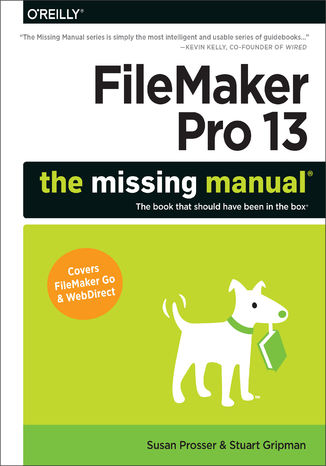

- Autorzy:
- Susan Prosser, Stuart Gripman
- Wydawnictwo:
- O'Reilly Media
- Ocena:
- Stron:
- 942
- Dostępne formaty:
-
ePubMobi
 opcje wysyłki »
opcje wysyłki »
Opis
książki
:
FileMaker Pro 13: The Missing Manual
You don’t need a technical background to build powerful databases with FileMaker Pro 13. This crystal-clear guide covers all new FileMaker Pro 13 features, such as its improved layout tools and enhanced mobile support. Whether you’re running a business, printing a catalog, or planning a wedding, you’ll learn how to customize your database to run on a PC, Mac, Web browser, or iOS device.
The important stuff you need to know:
- Get started. Tour FileMaker Pro’s features and create your first database in minutes.
- Access data anywhere. Use FileMaker Go on your iPad or iPhone—or share data on the Web.
- Dive into relational data. Solve problems quickly by connecting and combining data tables.
- Create professional documents. Publish reports, invoices, catalogs, and other documents with ease.
- Harness processing power. Use calculations and scripts to crunch numbers, search text, and automate tasks.
- Add visual power and clarity. Create colorful charts to illustrate and summarize your data.
- Share your database on a secure server. Add the high-level features of FileMaker Pro Advanced and FileMaker Pro Server.
Wybrane bestsellery
Susan Prosser, Stuart Gripman - pozostałe książki
O'Reilly Media - inne książki
Dzięki opcji "Druk na żądanie" do sprzedaży wracają tytuły Grupy Helion, które cieszyły sie dużym zainteresowaniem, a których nakład został wyprzedany.
Dla naszych Czytelników wydrukowaliśmy dodatkową pulę egzemplarzy w technice druku cyfrowego.
Co powinieneś wiedzieć o usłudze "Druk na żądanie":
- usługa obejmuje tylko widoczną poniżej listę tytułów, którą na bieżąco aktualizujemy;
- cena książki może być wyższa od początkowej ceny detalicznej, co jest spowodowane kosztami druku cyfrowego (wyższymi niż koszty tradycyjnego druku offsetowego). Obowiązująca cena jest zawsze podawana na stronie WWW książki;
- zawartość książki wraz z dodatkami (płyta CD, DVD) odpowiada jej pierwotnemu wydaniu i jest w pełni komplementarna;
- usługa nie obejmuje książek w kolorze.
Masz pytanie o konkretny tytuł? Napisz do nas: sklep@ebookpoint.pl
Książka drukowana









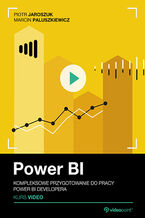


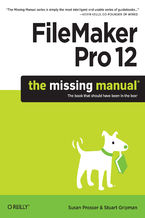

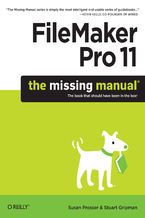
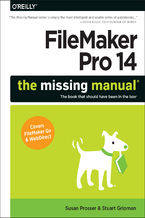
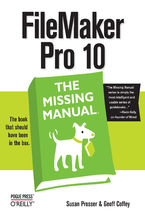






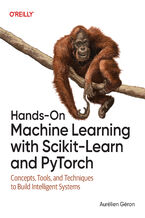
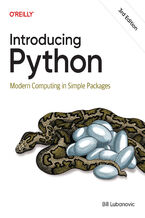
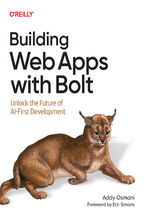

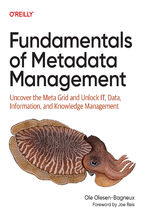


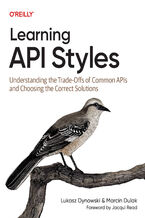
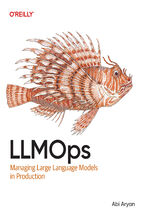

Oceny i opinie klientów: FileMaker Pro 13: The Missing Manual Susan Prosser, Stuart Gripman
(0)